Crickets are an essential part of the diet for many reptile and amphibian pets, and they also play a significant role in the wild as a food source for various animals. Ensuring that crickets are well-fed contributes to their health and, by extension, the health of the animals that consume them. A suitable cricket diet includes a variety of foods, such as fruits, vegetables, grains, and commercial cricket food to provide them with the necessary nutrients. Special care must be taken to mimic the diversity and nutritional content that crickets would have access to in their natural environment.
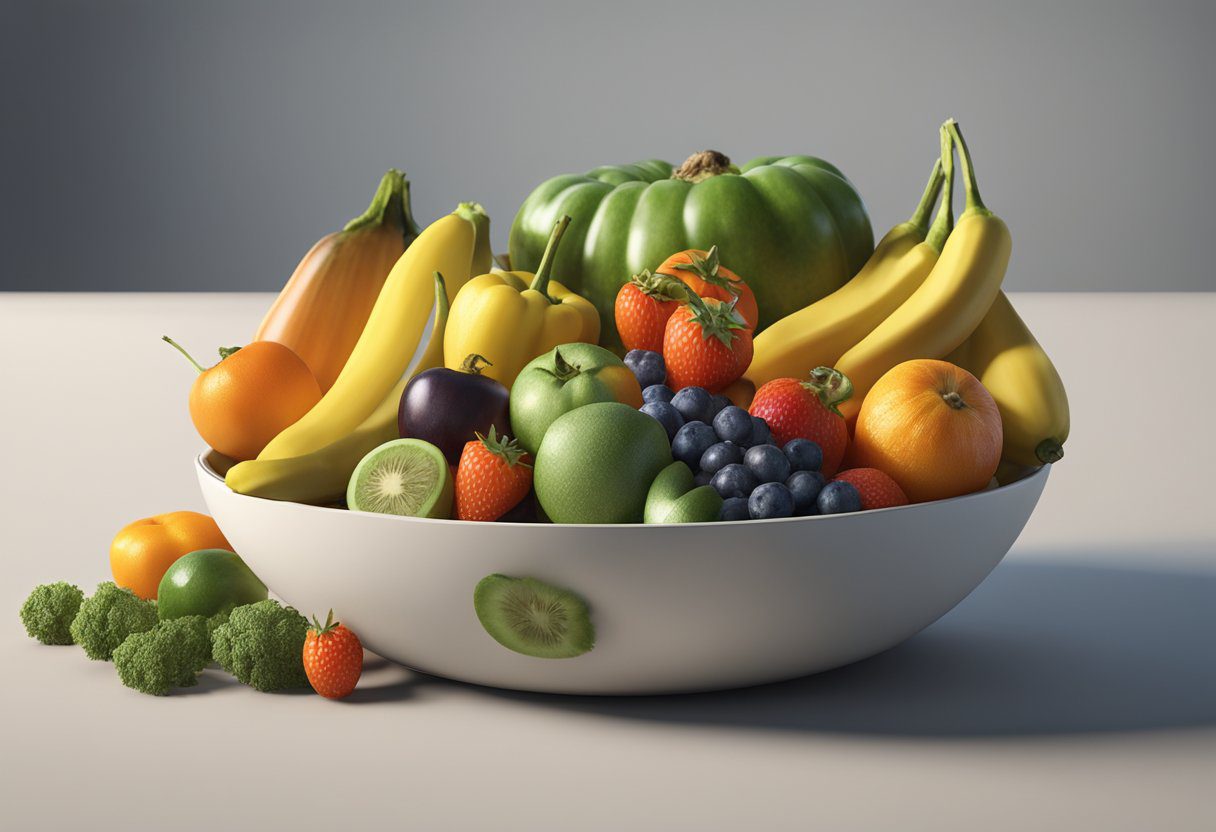
Proper feeding techniques are vital to prevent mold growth and to maintain a sanitary environment within the cricket enclosure. This includes providing hydration through safe methods such as damp sponges or fruits, which help to minimize the risk of diseases. The development and reproduction rates of crickets are closely tied to their diet, making nutrition a key factor in their lifecycle management. For those utilizing crickets as feeder insects, “gut loading” — feeding crickets nutritious foods that then benefit the predator — is a practice that enhances the value of the crickets as a food source.
Key Takeaways
- Feeding crickets a nutritious and varied diet directly impacts their health and the health of the pets they feed.
- Maintaining a clean habitat with appropriate hydration methods is crucial for cricket well-being.
- Understanding the cricket’s lifecycle and employing proper feeding techniques ensures a sustainable and quality food source for reptiles and amphibians.
Understanding Cricket Nutrition
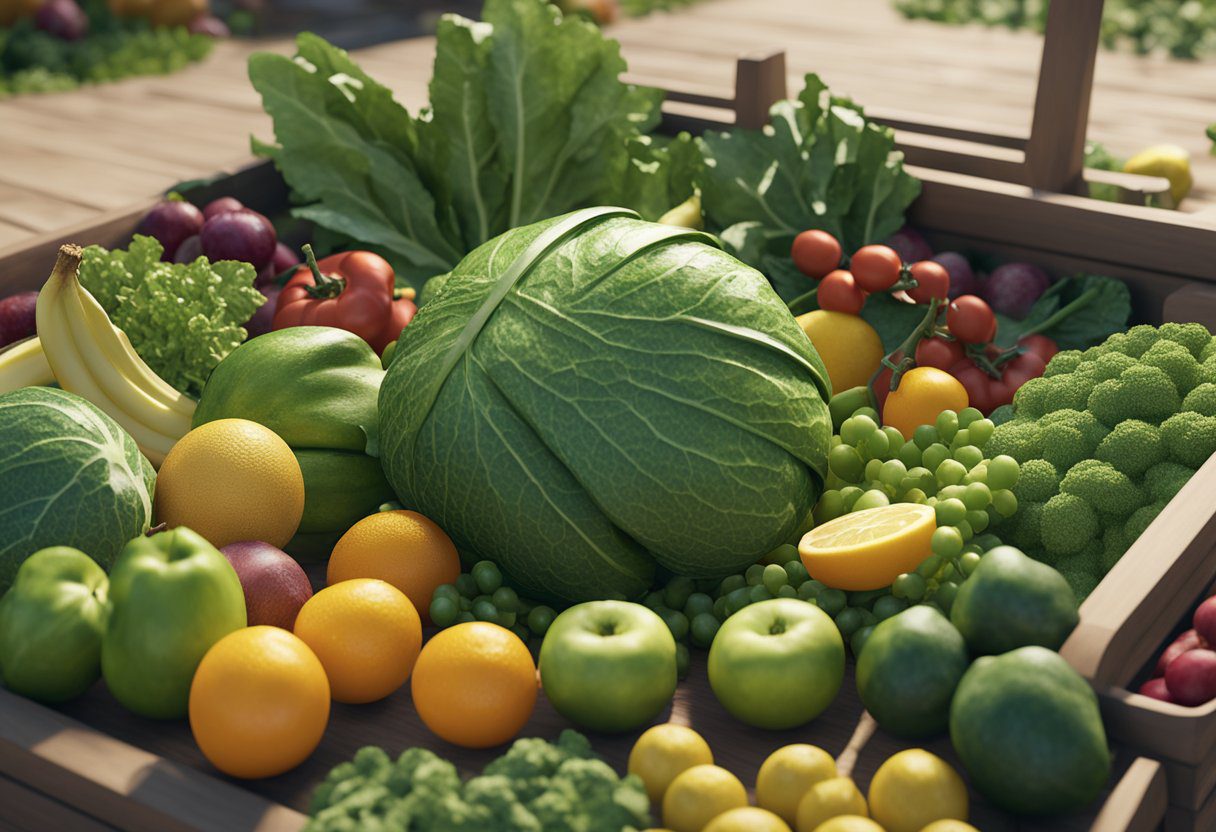
Proper nutrition is essential for crickets, ensuring they are a healthy food source for pets and remain in good condition themselves. Comprehending their nutritional requirements and natural dietary patterns is key to maintaining their health.
Nutritional Requirements
Crickets require a diet high in protein, which is crucial for their growth and development. They need a balanced intake of nutrients such as amino acids, vitamins, and minerals. Commercial cricket feeds often include a blend of grains, protein sources, and other essential nutrients to provide a complete diet.
Natural Diet and Eating Habits
In the wild, crickets are omnivores. Their diet typically includes a variety of plants and animal matter, such as leaves, fruits, vegetables, and small insects. When keeping crickets in captivity, it is important to mimic this natural diet to some extent. A combination of fresh fruits, such as apples, oranges, and bananas, and vegetables, like carrots and leafy greens, can be provided to maintain proper nutrition. These fresh foods contribute to the overall hydration and dietary balance of crickets.
Creating a Suitable Diet
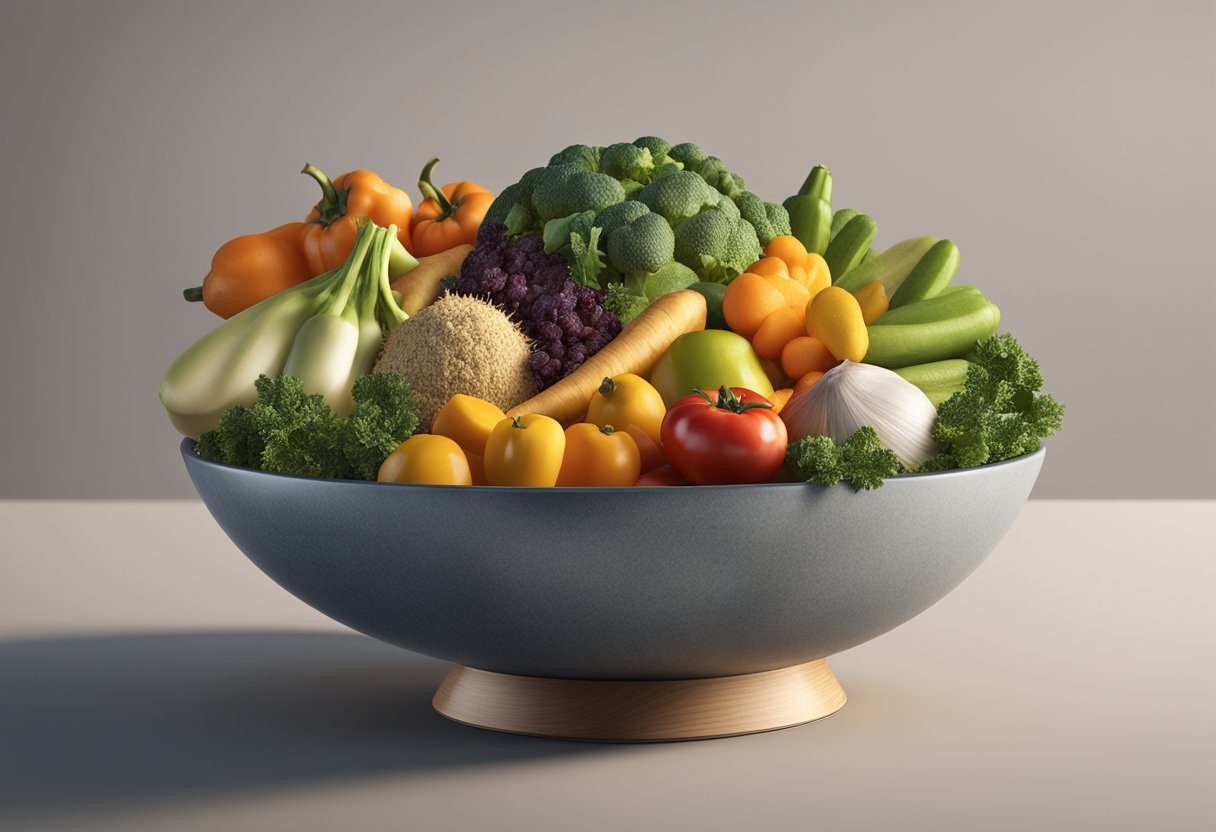
When creating a diet for crickets, one should focus on variety, balance, and nutrition. A mix of fruits and vegetables, grains and seeds, as well as protein sources, ensures a high-quality diet for these omnivorous insects. Commercial cricket foods are also available for ease and convenience.
Fruits and Vegetables
Crickets thrive on a diet rich in fruits and vegetables due to their nutritional value and moisture content. Fruit offerings can include slices of apple, banana, or melon, while vegetables such as collard greens, mustard greens, and dandelion leaves provide essential nutrients. Broccoli and kale, as healthy options for crickets, should be a staple in their diet.
Grains and Seeds
Whole grains and seeds serve as an excellent source of energy for crickets. These should be included in the diet in small amounts. Options like wheat germ or oatmeal are excellent choices, as well as seeds like millet or alfalfa. These offer not just sustenance but variety to prevent dietary monotony.
Proteins and Meat
Protein is vital for the growth and development of crickets. They can consume small insects such as ants and ladybugs in the wild. In captivity, small pieces of chicken scraps or other lean meats can be offered sparingly to supplement their protein intake.
Commercial Cricket Foods
For convenience, one can opt for commercial cricket food, commonly known as cricket chow. These products are formulated to provide a balanced diet and are a practical substitute for fresh food. They often contain a blend of grains, protein, and necessary vitamins and minerals to maintain the health of the crickets. When selecting a pet food, opt for a high-quality brand that ensures optimal nutrition.
Proper Feeding Techniques
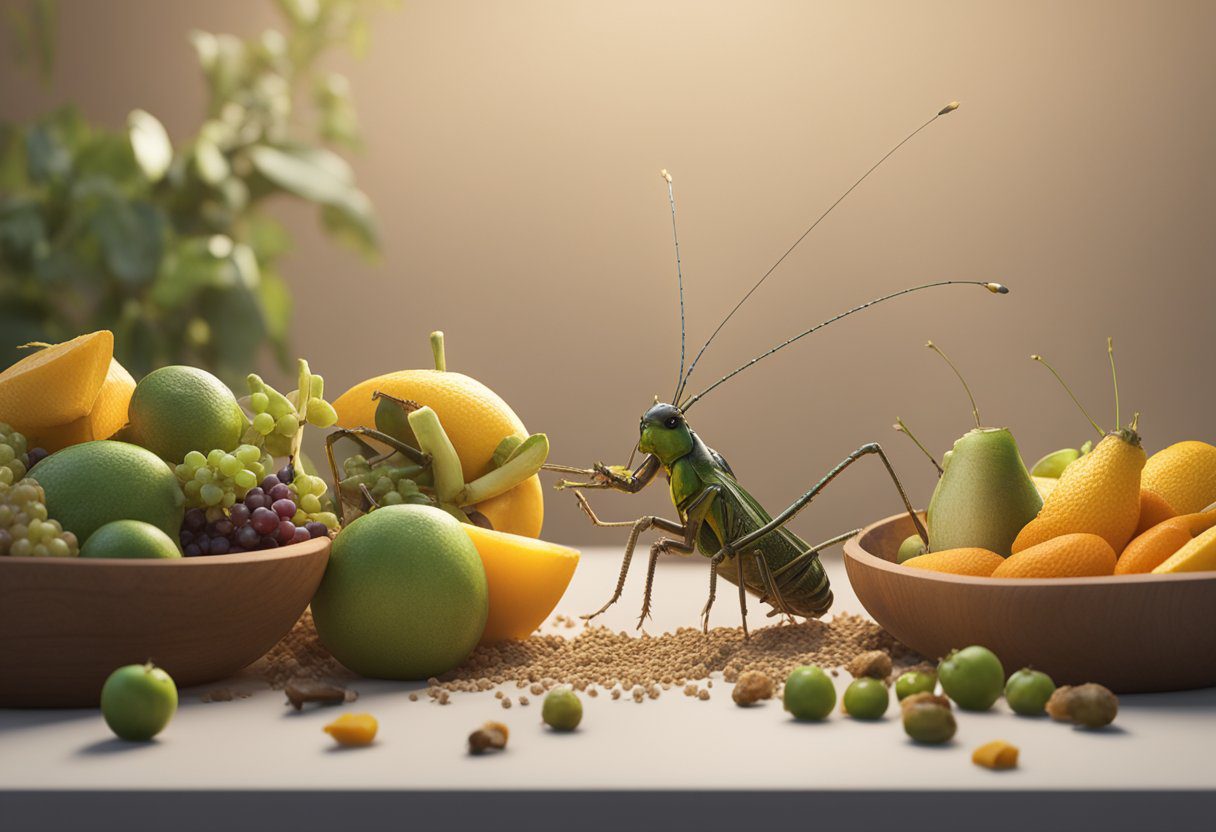
Proper nutrition is essential for maintaining healthy crickets. A balanced diet improves their vitality, making them an excellent feed for reptiles and amphibians. Adequate feeding techniques ensure crickets receive essential nutrients and remain clean and safe for consumption.
Gut Loading Method
Gut loading is a technique where crickets are fed a nutritious diet 24 to 48 hours before they are given to a pet. This process enhances the nutritional value of the crickets with vitamins and minerals. Feed crickets a gut-loading food that includes a calcium supplement and vitamins to enrich their dietary content. You may refer to Feeding crickets: How to Feed Crickets and What to Feed Them for more details on proper foods for gut loading.
Quantity and Frequency
Crickets should be provided a steady diet, but avoid overfeeding as this can lead to waste buildup and potential health issues. Check the food supply daily and replace it with fresh food as necessary. A general guideline is to offer an amount of food they can consume in 24 hours.
Food Presentation
Offering food in shallow dishes or trays simplifies both the feeding and cleaning process. Ensure that the crickets can easily access the food. Fruits and vegetables should be chopped into small pieces to prevent choking. Always remove uneaten fresh food within 24 hours to prevent spoilage and mold growth.
Preventing Contamination
Cleanliness is crucial to a cricket’s health and the safety of the animals that will consume them. Clean their food and water containers regularly, and remove feces and old food daily. Hygienic practices help prevent the buildup of harmful bacteria and fungi.
Essential Hydration
Proper hydration is vital for crickets’ survival, ensuring they remain healthy and active. It is crucial to provide them with adequate water sources while also managing moisture levels to prevent harmful conditions.
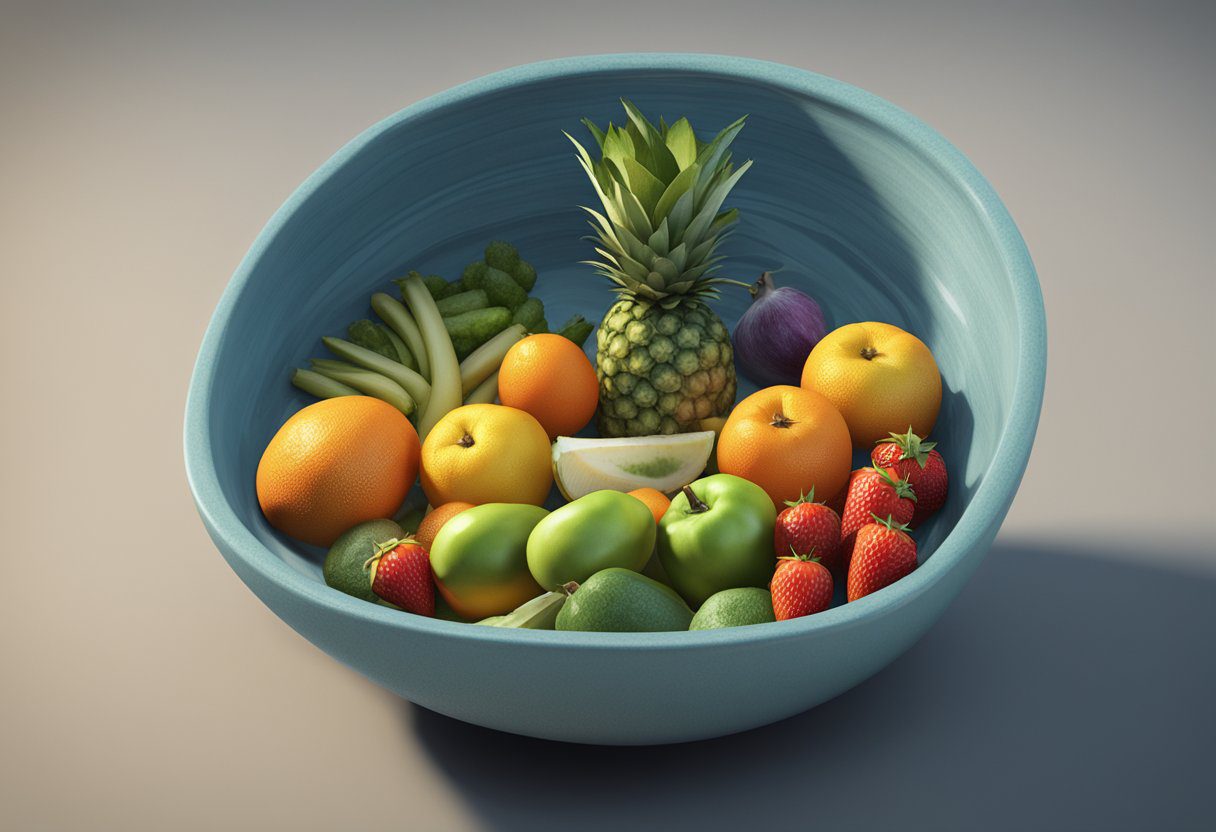
Water Sources for Crickets
Crickets require consistent access to water, but due to their small size and the risk of drowning, it’s important to offer safe and accessible water sources. A common method is using a shallow lid or dish filled with cotton balls or a damp sponge, which allows the crickets to absorb water without the risk of drowning. Another option is providing pieces of moist fruit which can supply both hydration and nutrition.
Avoiding Excess Moisture
While water is necessary, too much moisture can create a humid environment that fosters the growth of bacteria and mold, potentially harming the crickets. To prevent excessive moisture, one should avoid spraying enclosures directly and instead maintain a wet sponge or similar water source that doesn’t oversaturate the habitat. Regularly checking and replacing these damp materials can help maintain an ideal level of humidity.
Remember, consistency in providing hydration while keeping the living quarters dry and clean is the balance to aim for in cricket care.
Cricket Enclosure Considerations
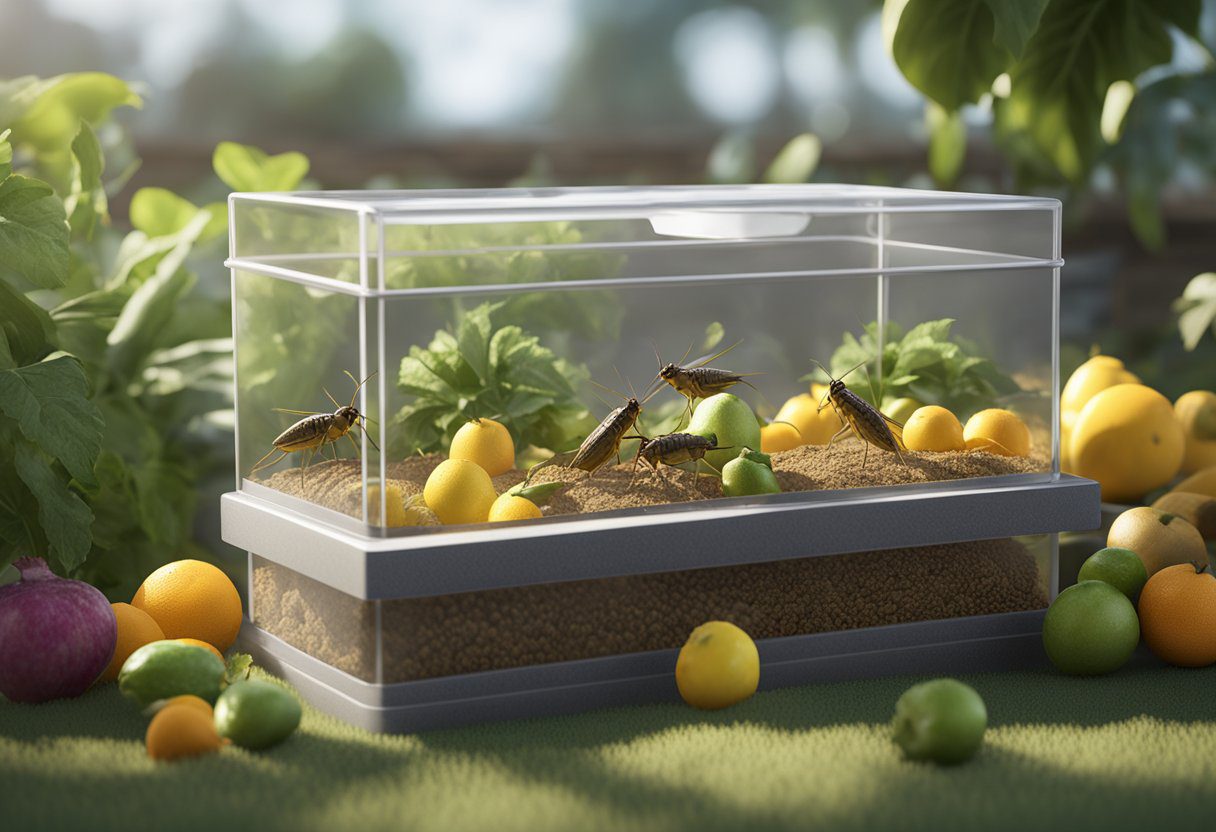
Creating an ideal cricket enclosure requires attention to specific details to ensure a healthy habitat. These include substrate choice, maintaining optimal temperature and humidity, ensuring adequate ventilation, and regular cleaning.
Substrate and Bedding
The choice of substrate for cricket enclosures is important for their well-being. A common option is to use egg crates or cardboard, which provide both a surface for movement and a hiding space. For the bedding, vermiculite or peat moss can be used, but it should be kept dry to prevent mold growth and facilitate easy clean-up.
Temperature and Humidity
Crickets thrive at a temperature of 75 to 90 degrees Fahrenheit. Temperatures outside this range can be harmful. They also require a low to moderate humidity level; however, extremely high humidity can promote harmful bacteria growth. Thus, monitoring these environmental conditions is crucial for their survival.
Habitat Ventilation
Adequate ventilation is essential to prevent the buildup of harmful ammonia from cricket waste and to ensure a steady flow of fresh air. This can be achieved by having a lid with mesh screen or drilling holes into the sides of the container. However, one should ensure that the holes are small enough to prevent escapes.
Cleaning and Maintenance
Regular cleaning of the cricket habitat is important to prevent disease and odor. This includes removing dead crickets, waste, and uneaten food daily, and doing a thorough enclosure clean-up at least once a week. Replace substrate and bedding as needed to maintain a clean and healthy environment.
Health and Lifecycle Management
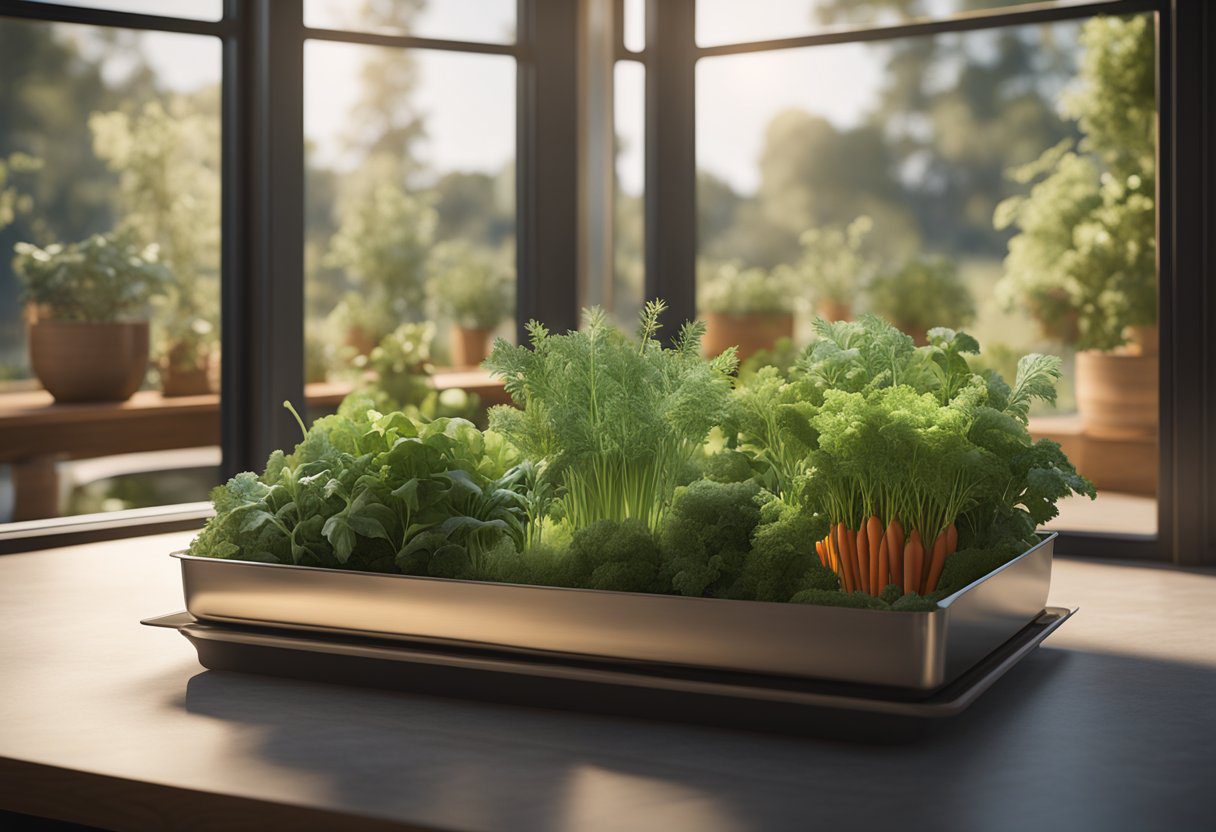
Proper management of cricket health is crucial for successful breeding and maintaining a sustainable food source for pets. Monitoring their health, understanding their life stages, and managing waste and dead crickets are fundamental to prevent mold and disease, which can affect the entire colony.
Monitoring Cricket Health
Regular health checks are essential in identifying any signs of poor health, such as sluggish behavior or a lack of appetite, which could indicate disease or unsuitable living conditions. Crickets must be provided with a balanced diet that includes fruits, vegetables, and grains to ensure their nutritional needs are met. A clean habitat with adequate space helps prevent the spread of pathogens.
Understanding Cricket Life Stages
Crickets go through three main stages: egg, nymph, and adult. Each stage requires different care, with nymphs needing more protein to support their rapid growth. Their lifespan typically extends up to 8-10 weeks, and knowing the life stages helps breeders to time the breeding process and raise crickets effectively. Identifying the different life stages is key for proper feeding and ensuring a continuous supply of both young and adult crickets.
Managing Dead Crickets and Waste
Dead crickets and cricket waste must be removed regularly to prevent mold and foul odors, and to maintain a healthy environment. They should be disposed of in a way that minimizes the impact on the living crickets. Efficient waste management also involves maintaining proper humidity levels and temperature to curb the growth of mold, which can be detrimental to cricket health and breeding efforts.
Special Considerations for Feeder Crickets
Feeder crickets play a crucial role in the diet of captive reptiles and other pets. Proper nutrition and selection are essential for transferring health benefits to the predatory species.
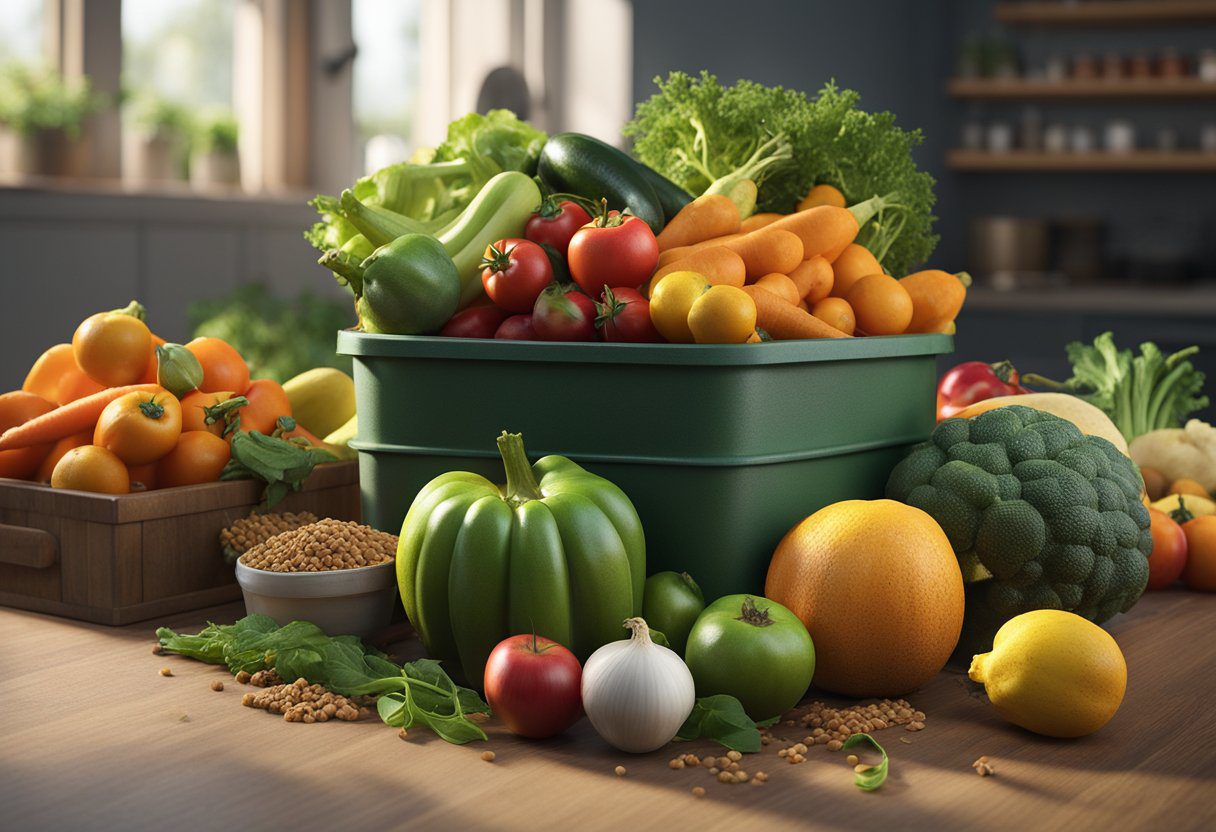
Feeding for Nutritional Transfer
To optimize the health of pets, feeder crickets should be gut loaded with nutritious food. Gut loading refers to the process of feeding crickets a nutrient-rich diet before they are given to the prey animal. This enhances the nutritional value of the crickets, ensuring that reptiles and other pets receive essential nutrients like calcium. It’s recommended to use a combination of commercial pet food designed for gut loading and fresh produce to provide a balanced diet for the crickets.
- Commercial Pet Food: Specially formulated feeds that often include vitamins and calcium, critical for bone health in reptiles.
- Fresh Produce: Fruits and vegetables can be used to supplement cricket diets, providing additional moisture and nutrients.
Selecting Crickets for Feeding
When choosing feeder crickets, species such as Acheta domesticus are commonly used due to their nutritional profile and ease of breeding. It’s important to select the appropriate size of cricket to match the size of the pet; smaller crickets for smaller reptiles and larger ones for bigger pets to avoid choking hazards.
- Avoid Mold: The cricket’s home should be kept clean to prevent mold growth, which can harm both crickets and pets.
- Home Environment: Maintain a proper enclosure that prevents escapes and provides adequate ventilation to keep the crickets healthy until they are used as prey.
Tools and Equipment for Cricket Care
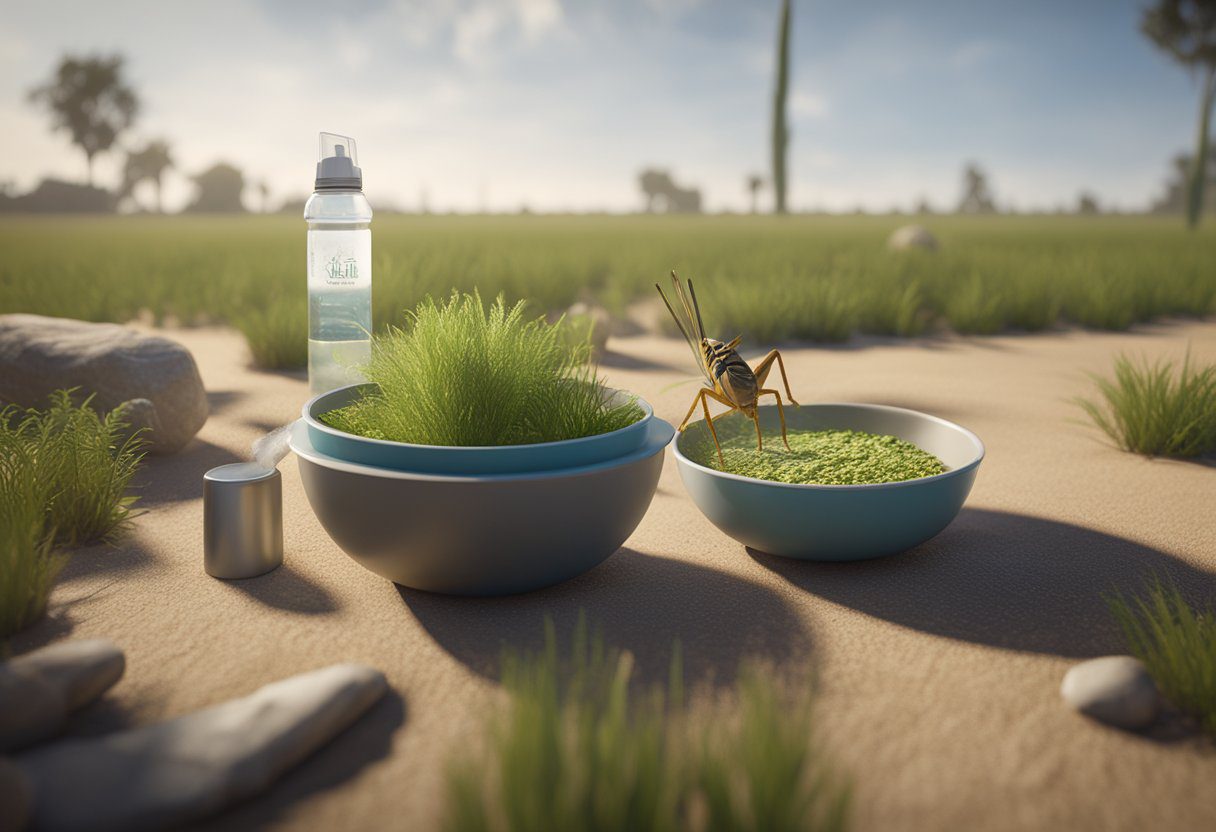
Properly feeding and housing crickets requires specific tools and equipment to maintain a healthy environment. This section details the essentials for feeding, housing, and ensuring the right climate for cricket care.
Feeding and Watering Accessories
For food distribution within the cricket bin or cage, shallow dishes or trays are recommended to make feed crickets easily accessible. A steady water source is crucial, but to prevent drowning, it’s advisable to provide hydration through a damp sponge or pieces of fruit rather than open water dishes.
- Feeders: Shallow dishes/trays
- Watering: Sponges, fruit slices
Bin and Cage Selection
Containers such as a plastic bin or a glass aquarium are suitable for housing crickets. They should incorporate ample ventilation to prevent moisture buildup and mold growth. Egg cartons or cardboard egg cartons serve as cost-effective and efficient space for crickets to hide and climb, which is essential for their well-being.
- Container: Bin, aquarium
- Climbing Structures: Egg cartons, cardboard inserts
Temperature and Humidity Control
Regulating the temperature between 70 and 75°F ensures a comfortable habitat for crickets, keeping them active and healthy. For monitoring these conditions within the tank, a reliable thermometer and hygrometer are necessary tools.
- Thermometer: For temperature monitoring
- Hygrometer: To measure humidity levels
Resources and Purchasing Crickets
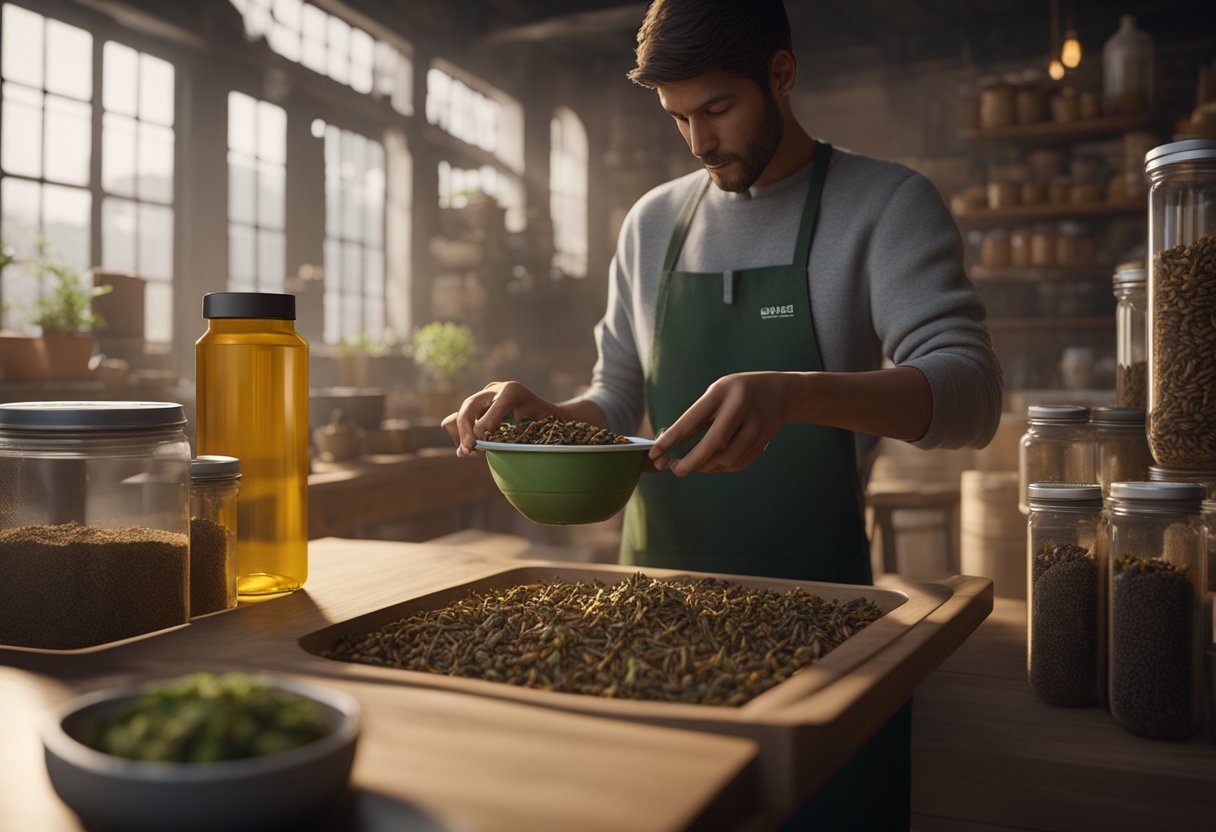
When considering the acquisition of crickets, it’s crucial to select reputable suppliers, understand the economics of bulk purchases, and be aware of the associated costs. Quality and dependability in cricket suppliers can significantly impact the health of your livestock.
Selecting a Cricket Supplier
Selecting a reliable cricket farm is foundational to ensuring healthy and nutritious feed. Potential buyers should verify that suppliers have clear, humane policies for raising crickets and a track record of consistent quality. Reviews and ratings can offer insights into the reliability of a given farm’s produce.
Buying Crickets in Bulk
Purchasing crickets in bulk can offer significant savings, especially for those with a continuous need such as pet stores or reptile owners. Buyers should inquire about the conditions in which the crickets are kept and shipped to ensure they arrive alive and well. It’s also important to consider the storage capacity, as large quantities require appropriate space.
Understanding Costs and Economics
The economics of cricket purchasing hinge on balancing cost with demand. Buyers must consider not just the price per unit, but also the longevity and livestock health implications of their purchase. Pet stores and individual owners alike must factor in the potential waste and additional costs of maintaining live cricket feed, such as providing adequate housing and produce for food.
Frequently Asked Questions
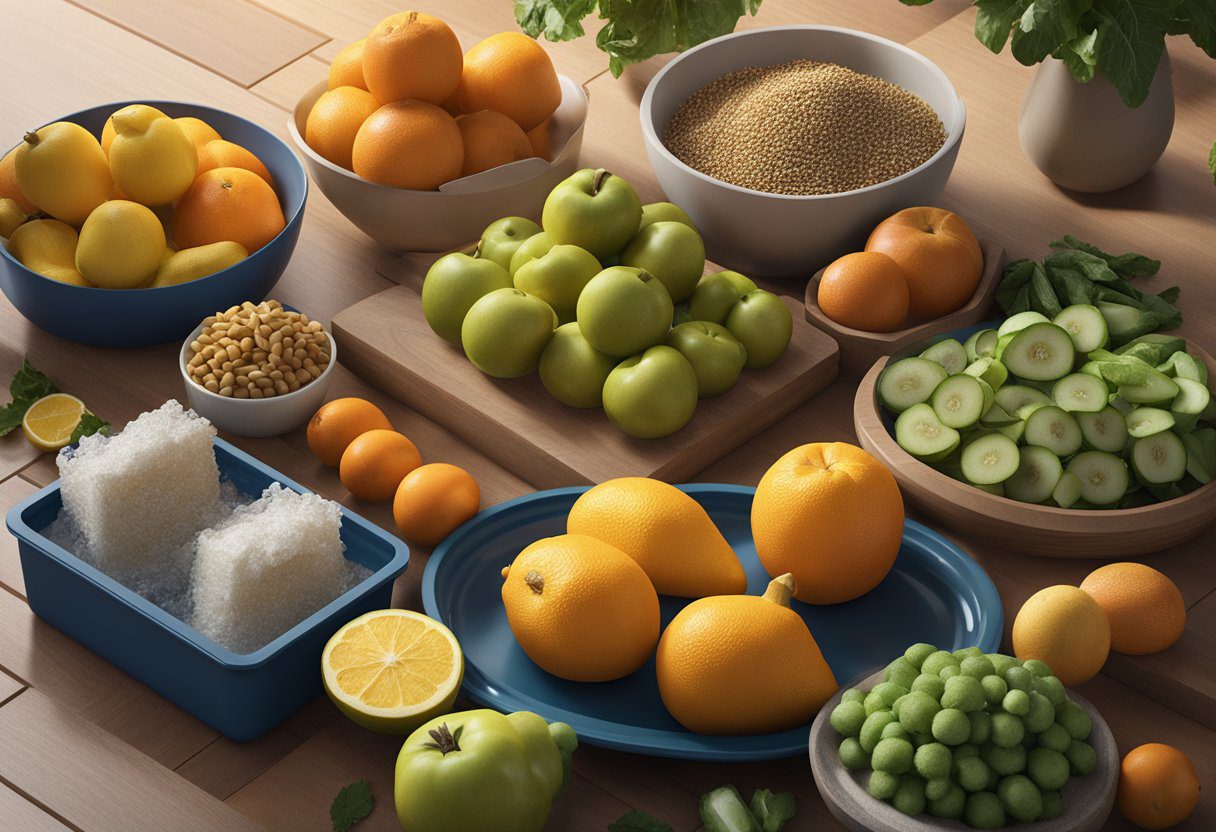
Ensuring a nutritious diet is crucial for crickets, particularly when they are being raised to feed other animals. The following subsections tackle common questions to optimize cricket care through proper feeding and hydration.
How can I provide a proper diet for crickets intended for gecko consumption?
For crickets that are destined to be gecko food, it’s important to provide a variety of greens and vegetables, including collard greens and sweet potatoes. Feeding crickets these foods ensures they are nutritious for the geckos that will eat them.
What are the ideal food sources when breeding crickets effectively?
Effective cricket breeding requires a diet that includes high-quality commercial cricket feed and fresh produce. Vegetables like squash and carrots can enhance their nutrient profile.
Are there specific foods to avoid when feeding crickets?
Certain foods should be avoided as they can be toxic to crickets and, by extension, the pets that consume them. Specifically, avoid onions, avocados, and chocolate.
What is the best way to hydrate crickets safely and adequately?
Crickets need a consistent source of moisture, but they can easily drown in a conventional water dish. Offering moisture-rich vegetables or specialized water gel products can hydrate crickets without the risk.
How do I maintain the health of my crickets with appropriate nourishment at home?
At home, observe your crickets’ health and adjust their diet as needed, ensuring a mix of vegetables and grains. Regularly check food quality and remove any spoiled items promptly.
Is it necessary to feed crickets when breeding them for reptiles like bearded dragons?
Yes, it’s essential to feed crickets even when breeding them as food for reptiles like bearded dragons. A nutrient-rich diet for crickets translates to a healthier meal for the reptiles.